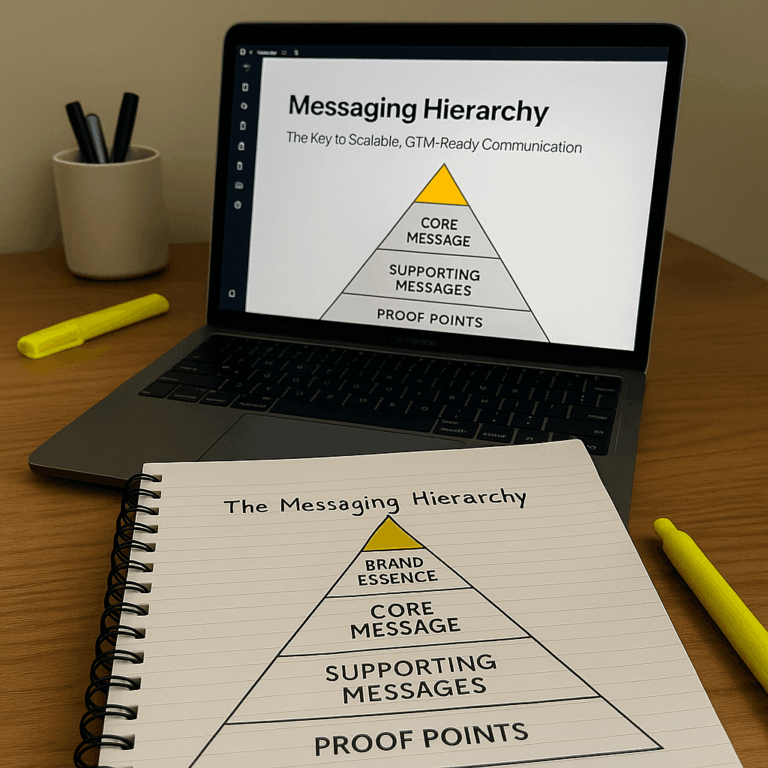Chapter 8: Integrating MMT with Media Mix Modeling

The combination of Matched Market Testing and Media Mix Modeling creates a comprehensive measurement framework that balances strategic insight with tactical precision. Rather than competing methodologies, MMT and MMM work synergistically to provide continuous improvement and validation across different time horizons and decision types.
The Strategic Value of Integration
Media Mix Modeling excels at providing holistic, long-term perspectives across entire marketing portfolios, while MMT delivers precise, causal measurement for specific channels and tactics. This complementary relationship addresses the fundamental challenge facing modern marketers: balancing strategic oversight with tactical precision.
Consider a typical scenario where MMM analysis suggests significant untapped potential in connected TV advertising, but the model’s confidence intervals are wide due to limited historical data. An MMT test can validate this opportunity with controlled experimental rigor, providing definitive proof of incrementality before committing substantial budget increases. The MMT results then feed back into the MMM framework, creating more accurate future predictions and reducing uncertainty for similar investment decisions.
How MMT Enhances Media Mix Modeling
Validation and Calibration Process
MMT results serve as real-world validation points for MMM predictions, creating a feedback loop that continuously improves model accuracy. When MMM suggests a channel has 2.5x iROAS, an MMT test can confirm or refine this estimate with controlled experimental data, eliminating the guesswork that often accompanies model-based recommendations.
This validation process works both ways. MMT tests may reveal incrementality rates that differ significantly from MMM predictions, prompting deeper investigation into model assumptions, data quality, or external factors that the historical analysis may have missed. These discrepancies become learning opportunities that strengthen both methodologies over time.
MMT Results as Bayesian Priors
Perhaps the most powerful integration technique involves using MMT results as informed starting assumptions (Bayesian priors) in MMM models. This approach is particularly valuable for new channels or tactics with limited historical data, where traditional MMM approaches struggle with uncertainty.
| Integration Scenario | MMM Challenge | MMT Solution | Combined Outcome |
|---|---|---|---|
| New Channel Launch | No historical data | Controlled incrementality test | Immediate performance baseline |
| Seasonal Campaign | Limited comparable periods | Test during representative timeframe | Validated seasonal coefficients |
| Market Expansion | Different geographic patterns | Test in expansion markets | Localized effectiveness estimates |
| Creative Refresh | Attribution complexity | Isolate creative impact | True creative lift measurement |
Creating the Continuous Improvement Loop
The most sophisticated measurement organizations establish systematic cycles where MMM insights inform MMT testing priorities, while MMT results continuously refine MMM model parameters. This creates a self-improving measurement ecosystem that becomes more accurate and valuable over time.
Phase 1: Strategic Analysis begins with MMM identifying optimization opportunities and uncertainties. The model highlights channels with uncertain incrementality estimates, suggests potential scaling opportunities based on saturation curves, and identifies areas requiring validation or deeper investigation.
Phase 2: Experimental Validation uses MMT to test key assumptions through controlled experiments. Testing priorities focus on high-impact, high-uncertainty channels first, followed by scaling opportunities suggested by MMM analysis and validation of new channel performance before major investment.
Phase 3: Model Enhancement incorporates MMT results to refine MMM parameters. This includes updating incrementality coefficients based on test results, adjusting saturation curves with validated scaling data, and incorporating new channel learnings into the MMM framework.
Phase 4: Strategic Refinement applies the updated MMM to guide the next round of testing priorities, inform annual budget planning, and enable more confident scaling decisions as the continuous cycle ensures measurement keeps pace with marketing evolution.
Complementary Strengths Framework
MMM: The Strategic Foundation
Media Mix Modeling provides the strategic foundation for marketing measurement by offering comprehensive portfolio views that account for interaction effects, seasonal patterns, and macroeconomic factors. This holistic perspective enables optimal budget allocation across all channels while forecasting the impact of major strategic changes.
The strategic capabilities of MMM extend beyond simple channel effectiveness measurement. Advanced models can simulate scenario planning outcomes, identify changing effectiveness trends over time, and incorporate external factors like competitive activity and economic conditions that influence marketing performance at the portfolio level.
MMT: The Tactical Validator
MMT serves as the tactical validator within the measurement framework, offering precise causal measurement that eliminates confounding factors through experimental design. This controlled approach provides high-confidence incrementality estimates that can definitively answer questions about specific channel or tactic effectiveness.
The tactical precision of MMT becomes invaluable for validating optimization strategies before full-scale implementation. Whether testing new creative approaches, audience targeting refinements, or bidding strategy changes, MMT ensures that tactical improvements actually drive incremental value rather than simply redistributing existing conversions.
This integrated framework ensures comprehensive coverage across all decision types while maintaining appropriate measurement rigor for each scenario. MMM provides strategic direction for overall marketing strategy, MMT validates tactical decisions within that strategic framework, and together they address both “what to do” and “how much to invest” questions with data-driven confidence.
Technical Implementation Strategy
Data Integration Requirements
Successful MMT-MMM integration requires careful attention to data consistency and shared analytical frameworks. Both methodologies must operate from the same foundational data sources to ensure alignment and prevent conflicting insights that could undermine confidence in either approach.
Unified Data Architecture starts with consistent KPI definitions across MMT and MMM analysis. Attribution windows and measurement periods must align to enable meaningful comparison of results. Geographic and temporal data collection should follow standardized protocols, supported by unified data pipelines that serve both analytical approaches efficiently.
Model Update Protocols establish systematic procedures for incorporating MMT results into MMM frameworks. This includes automated validation checks that flag significant discrepancies between methodologies, cross-validation procedures using MMT results as holdout data, and systematic bias detection that ensures model improvements over time.
Quality Assurance Integration
The integration process requires robust quality assurance to maintain the scientific rigor that makes both MMT and MMM valuable. This involves comparing MMT predictions against MMM observations, tracking model performance improvements over time, and maintaining clear documentation of assumptions and limitations for both approaches.
Validation Frameworks should include A/B testing of MMM predictions against MMT observations, systematic bias detection and correction procedures, and regular assessment of whether integrated insights outperform either methodology used independently.
Implementation Best Practices
Organizational Alignment Strategy
Successfully integrating MMT and MMM requires more than technical implementation – it demands organizational alignment around shared measurement objectives and clear communication protocols between teams. The most effective approach involves creating integrated reporting that combines strategic and tactical insights while ensuring business stakeholders understand the complementary nature of both approaches.
Team Coordination should align MMM and MMT analysis teams on shared objectives while establishing regular communication protocols for insight sharing. This includes creating decision-making frameworks that specify when to use MMM for annual planning, MMT for quarterly optimization, and combined insights for monthly budget reallocation decisions.
Stakeholder Education helps business leaders understand when methodologies might disagree and how to resolve conflicts through the measurement hierarchy. Clear escalation paths prevent paralysis when MMT and MMM provide different recommendations, while building confidence in the overall measurement system.
Scaling the Integration
Organizations should approach MMT-MMM integration as an evolutionary process that builds sophistication over time. Foundation Building establishes MMM baseline capabilities with historical data, identifies high-priority channels for MMT validation, designs initial tests for key uncertainty areas, and creates data integration infrastructure.
Validation and Calibration phases execute prioritized MMT tests, compare results with MMM predictions, update models with validated incrementality rates, and refine testing prioritization based on updated insights. This builds toward Optimization and Scaling where validated MMM drives strategic budget planning, ongoing MMT testing schedules provide continuous validation, and established update protocols scale successful integration across all marketing channels.
This integrated approach creates a comprehensive measurement ecosystem that provides both strategic insight and tactical precision, enabling data-driven marketing decisions across all time horizons and investment levels while building organizational confidence in measurement-driven marketing optimization.
Return to Hub:
Our Editorial Standards
Reviewed for Accuracy
Every piece is fact-checked for precision.
Up-to-Date Research
We reflect the latest trends and insights.
Credible References
Backed by trusted industry sources.
Actionable & Insight-Driven
Strategic takeaways for real results.





















